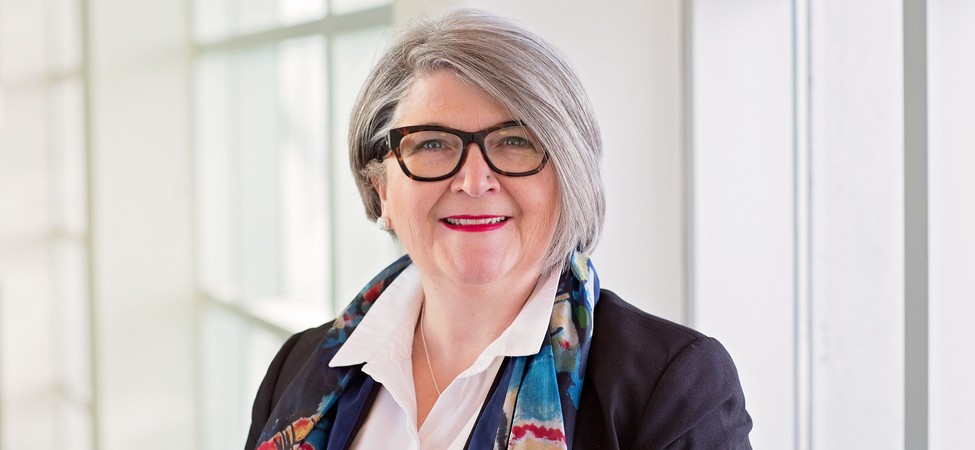Are you feeling the chill in the morning air these days? I sure am. These early September mornings call for a warm bunny hug and a pair of runners, instead of the t-shirt and sandals that were the uniform of this hot, hot summer.
That first Fall feeling is always one of “Back to School” for me, even though it’s been a few years since I sent my boys off to class. Back-to-school shopping was always something I looked forward to because it was fun to pick out pencils and paper at Newhope Pharmacy in Stoughton, and the boys’ excitement about the upcoming year was always palpable (though perhaps short-lived, once the realities of homework set in).
While our school lists included such rudimentary items as pens and duotangs, binders and pencil crayons, the back-to-school lists for this years’ students hold a once-foreign but now familiar item: face masks.
Did you ever imagine sending children to school with masks in their school bags, or that you’d be washing, hanging, and maybe even ironing cotton face masks? That this process would feel routine? After over a year-and-a-half in a pandemic, face masks have become our new normal, and the norm for our province’s children.
We know – and the kids know – that wearing these masks makes a difference. Last spring, we all saw how effective mandatory masking was at bringing down the number of positive COVID-19 cases. Of course, the other elements of the public health order were crucial, too: hand washing, social distancing, staying home when sick, and improved ventilation all made a huge difference. Following the health order got our province to the point where the Saskatchewan government felt comfortable removing all restrictions on July 11, 2021.
Another big part of the removal of restrictions was Saskatchewan’s growing number of vaccinated citizens. Last spring, people were lining up for hours to get their shots. They were excited to have some immunity against the virus that had devastated countries around the world.
For healthcare workers, who were some of the first people to become fully vaccinated (thanks, in part, to considerable pressure put on the government to do the right thing), the vaccines were a game-changer in a lot of ways. I’m not saying our ICUs ever reached a point where the workload became manageable or it felt like we had the COVID-19 virus under control. I am saying that we saw more and more beds being vacated and not immediately filled. We saw fewer people in in-patient care. We saw fewer outbreaks in our long-term care centres.
Things were feeling a bit better, after more than a year of constant bad news, constant fear. This, for so many, felt like a pinprick of light at the end of an impossibly long tunnel.
Now, as one of our province’s largest unvaccinated populations heads back into the classroom and as Saskatchewan’s vaccine uptake drops to the lowest in the country, I admit that I feel that little bit of hope is wavering. We know the Delta variant of concern is scary – it spread easier and it makes people sicker. Since the surge of the Delta variant, we’ve been seeing a new wave – a Fourth Wave – of COVID-19 patients who are younger and sicker than before.
It's impossibly difficult for registered nurses to brace for this new onslaught. You have weathered the COVID-19 storm for so long that the thought of things ramping up again must be daunting.
Statistics show that Canada’s registered nurses are overworked, exhausted, and stressed. In parts of the country, registered nurses are leaving the profession for other work. In Saskatchewan, the data shows us that while our workforce numbers remain steady, we’re seeing a clear erosion of nursing staff is vitally important areas: rural health and long-term care. In a province like ours, with an ageing population and a large rural population, it’s unfathomable to think of losing registered nurses in these positions.
Because our entire health care system is connected. When rural emergency rooms close, patients have to travel further for care. More pressure is applied to our tertiary centres in Regina and Saskatoon, where emergency rooms were already operating at 130% capacity before the pandemic.
Our health care system is stretched thin. Our health care staff are tired. There has to be more we can do.
And there is. Along with calling for more funding from federal and provincial governments -- which would make a huge difference – SUN is advocating for a healthier, safer health care workforce. We’re calling on the Saskatchewan government to reintroduce the conditions of the public health order and get our province heading in a positive (but COVID-19 negative) direction. Bring back mandatory masking and bring back social distancing. We’re also calling on all health care providers, and members of the public to get their COVID-19 vaccinations. It’s not a perfect solution to COVID-19, we know that, but the vaccines have been proven to lessen virus transmission, weaken virus symptoms and protect our communities and ourselves.
This Labour Day, as we send our children back to school, let us also model responsible community leadership and wear our masks when we’re out in public. Let us keep our social circles small, and frequently wash or sanitize our hands. Let us roll up our sleeves for our COVID-19 vaccinations and encourage everyone who is eligible to do the same.
This Labour Day, the greatest act of solidarity anyone of us can offer our community is the willingness to protect them.
As registered nurses, we care for the public every day through our work. Now, we must care for them – and for ourselves – by protecting our health, and in turn, the wellbeing of our health care system. And we ask the same of the public: protect Saskatchewan’s healthcare workers and fortify the system upon which we all depend.
Stay safe and stay well this Labour Day, SUN members.
Tracy Zambory, RN
President, Saskatchewan Union of Nurses




